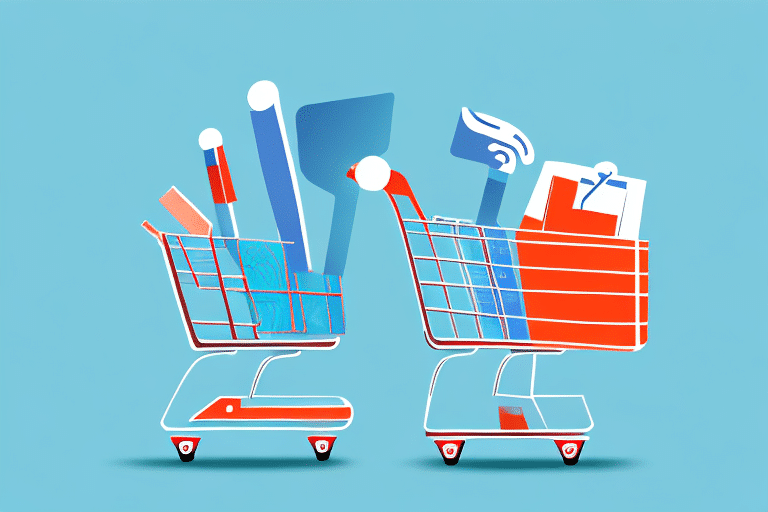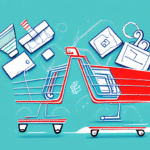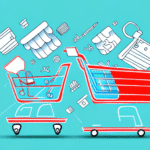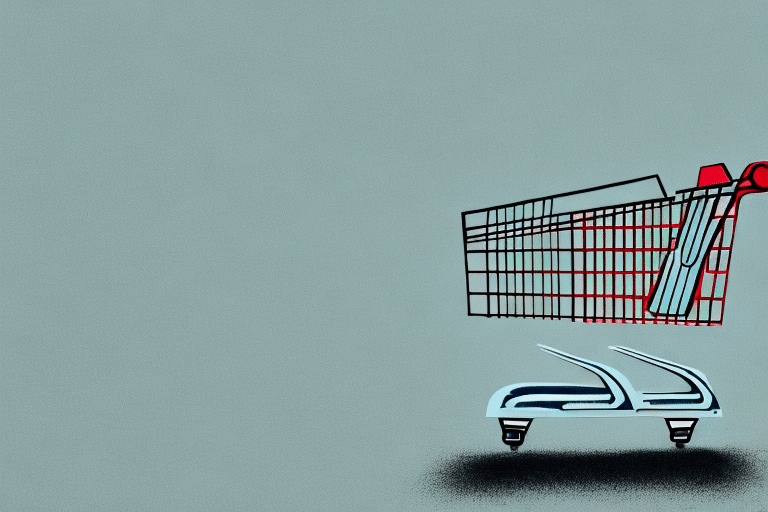The Importance of Abandoned Cart Emails for E-commerce
Every e-commerce business encounters cart abandonment, where customers add items to their online shopping carts but leave the site without completing the purchase. This phenomenon can lead to significant lost sales and revenue. However, abandoned cart emails present a valuable opportunity to recover these lost sales and reduce abandonment rates.
According to data from industry reports, abandoned cart emails can recover up to 15% of abandoned purchases, generating substantial revenue for online retailers. By implementing a well-structured email sequence, businesses can remind customers of their intended purchases, encourage completion, and even offer incentives to sweeten the deal.
Understanding Why Customers Abandon Their Carts
Common Reasons for Cart Abandonment
Cart abandonment can result from various factors, including:
- High Shipping Costs: Unexpected or high shipping fees can deter customers from completing their purchases.
- Complicated Checkout Process: Lengthy or confusing checkout procedures can frustrate customers, leading them to abandon their carts.
- Lack of Trust: Concerns about website security or the credibility of the brand can prevent customers from finalizing their purchases.
- Distractions and Indecisiveness: External distractions or uncertainty about the purchase can cause customers to leave without completing the transaction.
The Role of Psychology in Cart Abandonment
Understanding the psychological factors that influence cart abandonment is crucial for developing effective recovery strategies. Customers may be motivated by the fear of missing out (FOMO), a desire for immediate gratification, or uncertainty about their purchase decisions. Addressing these psychological barriers through targeted email content can significantly increase the likelihood of conversion.
Key Strategies for Effective Abandoned Cart Email Sequences
Crafting Compelling Subject Lines
The subject line is the first touchpoint with your customer. It should be short, clear, and engaging to encourage the recipient to open the email. Incorporating elements of urgency or personalization can boost open rates. For example, using phrases like "Don't Miss Out on Your Items!" or including the customer's name can make the email more appealing.
Designing Visually Appealing Email Templates
A well-designed email template enhances user experience and reinforces brand identity. Ensure that your emails are mobile-responsive, include high-quality product images, and feature a clear call-to-action (CTA) that directs customers back to their abandoned cart. Consistent design elements across your email sequence help create a cohesive and professional appearance.
Personalizing Email Content
Personalization goes beyond addressing the customer by name. Reference the specific items left in the cart and tailor the content based on the customer's browsing and purchase history. Personalized recommendations can also entice customers to return and complete their purchases.
Optimizing Timing and Personalization for Maximum Conversions
Strategic Timing of Email Sends
Timing plays a crucial role in the effectiveness of abandoned cart emails. Research suggests that sending the first follow-up email within an hour of abandonment can significantly increase recovery rates. Subsequent emails should follow a strategic schedule, gradually increasing in urgency to encourage timely action.
For example:
- First email: Sent within 1 hour of abandonment.
- Second email: Sent 24 hours later.
- Third email: Sent 72 hours later, possibly including a discount or special offer.
Leveraging Personalization Techniques
Utilize customer data to tailor your email content effectively. This includes using the customer's name, mentioning the specific products left in the cart, and suggesting related items based on their browsing history. Personalized emails foster a sense of connection and relevance, increasing the likelihood of conversion.
Leveraging Automation and Testing to Enhance Your Campaign
Implementing Automation Tools
Automation tools streamline the process of sending abandoned cart emails, ensuring timely and consistent communication with customers. Platforms like Mailchimp or Klaviyo offer robust features for automating email sequences, tracking performance, and personalizing content at scale.
A/B Testing Your Email Sequences
A/B testing allows you to experiment with different elements of your email campaigns to identify what resonates best with your audience. Test variables such as subject lines, email copy, imagery, and CTAs. Monitor key metrics like open rates, click-through rates, and conversion rates to make data-driven decisions and refine your strategy over time.
Best Practices in Crafting Abandoned Cart Emails
Using Persuasive Copy and Social Proof
Your email copy should focus on the benefits of completing the purchase, using persuasive language to highlight why the products are valuable. Incorporating social proof, such as customer reviews and testimonials, can build trust and credibility, encouraging customers to finalize their transactions.
Incorporating Discounts and Special Offers
Offering incentives like discounts or free shipping can motivate customers to return and complete their purchases. Limited-time offers create a sense of urgency, prompting quicker action. Ensure that any discounts offered align with your overall pricing strategy to maintain profitability.
Common Mistakes and Examples of Success
Common Mistakes to Avoid
Avoiding common pitfalls can enhance the effectiveness of your abandoned cart email campaigns. These mistakes include:
- Sending too many emails, which can annoy customers.
- Using generic or unpersonalized copy that fails to engage.
- Neglecting to include a clear and compelling CTA.
- Offering discounts that are too small to be enticing.
Learn from Successful Campaigns
Studying successful abandoned cart email campaigns from leading e-commerce brands can provide valuable insights. Brands that excel in personalization, scarcity, and urgency typically see higher recovery rates. For instance, Amazon effectively uses personalized recommendations and timely follow-ups to recover abandoned carts.
Analyzing Your Data: How to Improve Your Abandoned Cart Strategy Over Time
Regular data analysis is essential for refining your abandoned cart strategy. Use analytics tools to monitor key performance indicators (KPIs) such as recovery rates, revenue generated, and customer engagement metrics. Identify patterns in customer behavior to understand what drives cart abandonment and adjust your email sequences accordingly.
For example, if data shows that high shipping costs are a frequent reason for abandonment, consider offering free shipping as part of your recovery strategy. Continuously testing and iterating based on data insights will help optimize your campaigns and improve overall effectiveness.
Conclusion
Creating an effective abandoned cart email sequence is a vital strategy for e-commerce businesses aiming to recover lost sales and enhance revenue. By understanding the reasons behind cart abandonment, crafting personalized and persuasive emails, optimizing timing, and leveraging automation and testing, you can significantly improve your conversion rates. Regularly analyze your data and learn from successful campaigns to continuously refine your approach and achieve sustained success in your e-commerce endeavors.




















